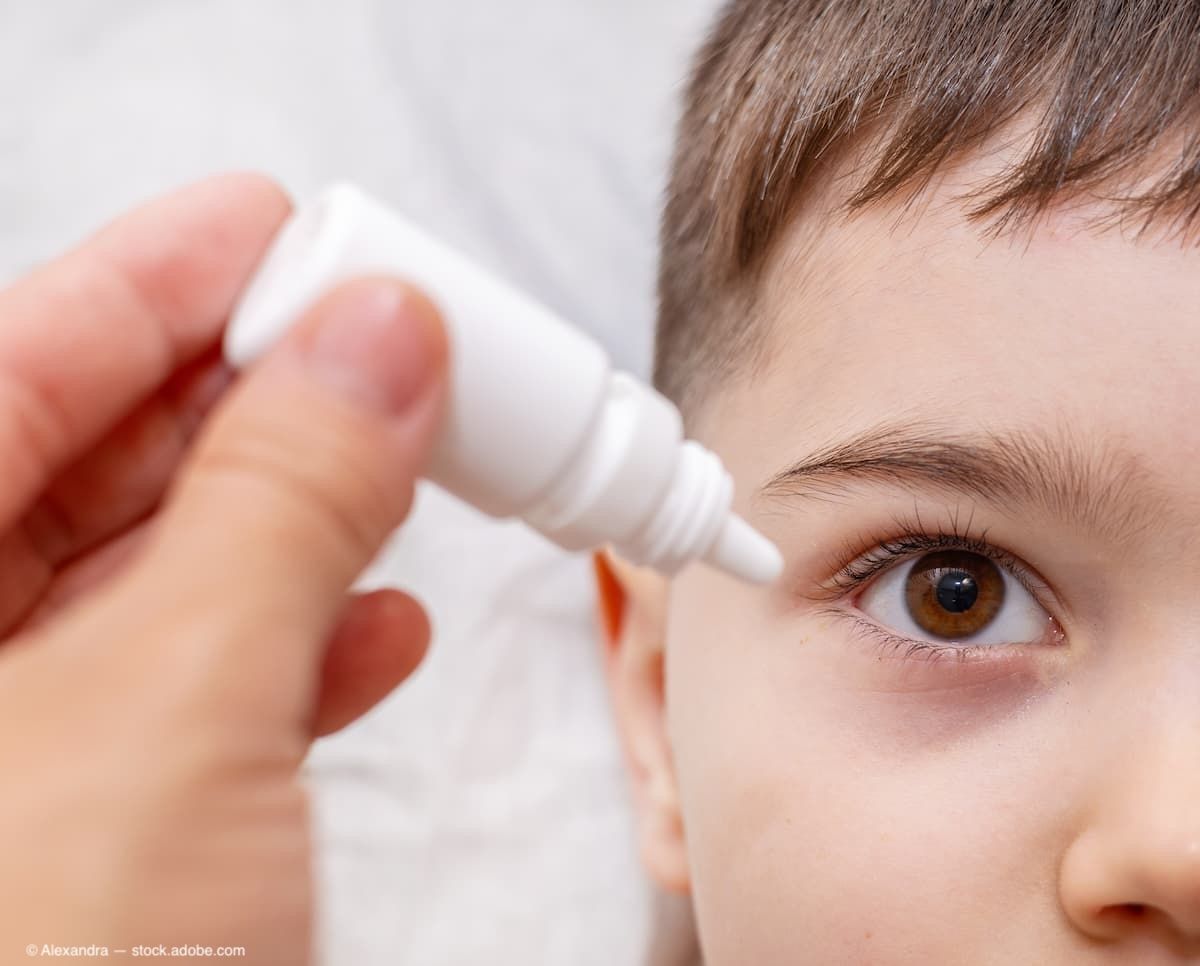Article
Large retrospective study explores best technique for wavefront-guided surface ablation
San Francisco-When performing wavefront-guided surface ablation for the treatment of varying degrees of myopia, similarly good visual and refractive outcomes are achieved whether using alcohol or a microkeratome for epithelial delamination and whether the flap is removed or replaced, according to the results of a retrospective, single-center study reported by Sadhana Kulkarni, MD.
San Francisco-When performing wavefront-guided surface ablation for the treatment of varying degrees of myopia, similarly good visual and refractive outcomes are achieved whether using alcohol or a microkeratome for epithelial delamination and whether the flap is removed or replaced, according to the results of a retrospective, single-center study reported by Sadhana Kulkarni, MD.
The study included 998 eyes with spherical equivalent (SE) ranging from –1 to –8 D that were treated at the University of Ottawa Eye Institute using either Epi-LASIK, Epi-PRK, LASEK, or alcohol-assisted PRK. All eyes were treated with a wavefront-guided procedure using a particular excimer laser (Star S4 IR, Abbott Medical Optics). A separator (MicronEdge Separator, Gebauer) was used for epithelial flap creation in the Epi-LASIK and Epi-PRK groups and the alcohol-based treatments used 20% warm alcohol for 20 seconds. The flaps were replaced in the Epi-LASIK and LASEK groups and removed in the Epi-PRK and alcohol-assisted PRK procedures. Mitomycin C was used intraoperatively for corrections >– 6 D and in eyes with cylinder >2 D. The same wavefront version and nomogram were used in all cases.
In analyses of proportions of eyes achieving uncorrected visual acuity of 20/20 or 20/15 or better, best spectacle-corrected visual acuity (BSCVA) of 20/15 or 20/20 or better, and lines of BSCVA gained, no statistically significant differences were seen comparing the four types of procedures overall or when eyes within each group were further stratified by degree of myopia (low, mild, moderate, and high). No eyes lost more than one line of BSCVA at 12 months, mean SE was very stable from 3 months to 1 year in all groups, and achieved SE was within 0.5 D of intended in at least 96% of eyes in all groups.
“This retrospective study was designed to determine the best wavefront-guided surface ablation technique based on visual and refractive outcomes after 1 year,” Dr. Kulkarni said. “Healing time and safety are other major considerations in choosing the type of surgery.
“At our center, an alcohol-assisted, flap-off technique is preferred because it is easy to perform, [is] cost-effective, does not increase IOP or result in stromal incursion, and causes less damage to goblet cells,” she concluded.
Newsletter
Don’t miss out—get Ophthalmology Times updates on the latest clinical advancements and expert interviews, straight to your inbox.




